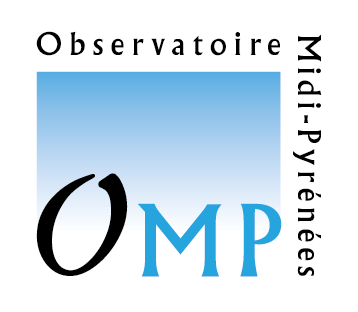TRISHNA: a high spatio-temporal resolution Indian-French spatial mission for TIR Earth observation
Résumé
The climate change context, along with the increasing scarcity and deteriorating quality of the water resource leads to monitor different components of the water cycle. A particular attention has to be paid to some areas, particularly, agricultural lands which represent about 70% of the water consumption, and coastal areas subject to strong interactions with land. Thermal infrared (TIR) data from space are well adapted to these purposes, but the spatial variability of the surface requires that the complexity of both physical and biological processes involved must be assessed at a smaller scale which corresponds to the scale at which decisions concerning water management or implementation of policies devoted to the mitigation of climate change effect are effective. In addition, surface fluxes show short-time scale variability, which requires frequent observations to be done. The need of space borne systems combining both high spatial resolution and high revisit frequency in thermal infrared (TIR), which do not exist today, is now largely recognized by the scientific community and end-users, especially as SENTINEL and RESOURCESAT missions now provide high quality complementary data in the optical domain. To fill this gap a project, TRISHNA (Thermal infraRed Imaging Satellite for High-resolution Natural resource Assessment), is currently in the feasibility assessment phase, conducted by the French Space Agency (CNES) and the Indian Space Research Organization (ISRO).
Two scientific objectives drive the mission specifications, (i) monitoring of ecosystem stress of the continental biosphere and of water use with applications to agriculture and hydrology, and (ii) monitoring of coastal and continental waters. Four complementary goals enlarge the community aggregated around the project: (iii) urban microclimates monitoring (urban heat islands, mitigation of heat waves effects…), (iv) applications to Solid Earth/geology (detection of thermal anomalies, volcanology, peat fires…), (v) cryosphere monitoring (glaciers, polar regions…), and (vi) applications to atmosphere (water content, clouds…). These objectives and the expected applications will first be briefly reviewed at the symposium.
The main mission specifications will then be presented. Additionally to previous work conducted to consolidate the revisit and resolution specifications, emphasis will be put on recent studies made for inventorying factors possibly perturbing surface temperature measurements. Significant advances obtained for characterizing and modelling TIR directional anisotropy and thermal hot spot effects will first be described and their impact on the choice of orbit discussed. Similarly, an original study of the impact of atmospheric turbulence on the accuracy of LST -largely ignored by the community till date- will be presented; it reinforces the need of high revisit, and allows to estimate the errors on LST measurements. An overpass time in the early afternoon, around 13:00 LST has been carefully justified to cope with the different objectives of the mission and to optimize the accuracy on retrieved fluxes. A baseline spectral configuration of 4 TIR channels within the range 8 - 12 µm is under study, which makes possible implementing both split-window and temperature-emissivity separation algorithms. The main specifications of VNIR instrument embarked aboard the same platform are presented, and the need of 6 bands, 4 in the VNIR (blue, green, red, near infrared at 485, 555, 670, 860 nm) and 2 in the SWIR (1.38 and 1.61 µm) justified. To cope with the requirement of global coverage at Equator with a single satellite, a revisit of 3 days is selected. The nadir resolution of 50 m is binned at 1 km over open ocean. The instrumental studies undertaken will be briefly presented.
The programmatic context of existing missions will be analyzed, only TRISHNA and the ESA LSTM mission providing high spatio-temporal capacities. The forthcoming phases of the CNES-ISRO TRISHNA project will finally be briefly mentioned, for a launch date foreseen at the 2024-2025 horizon.

